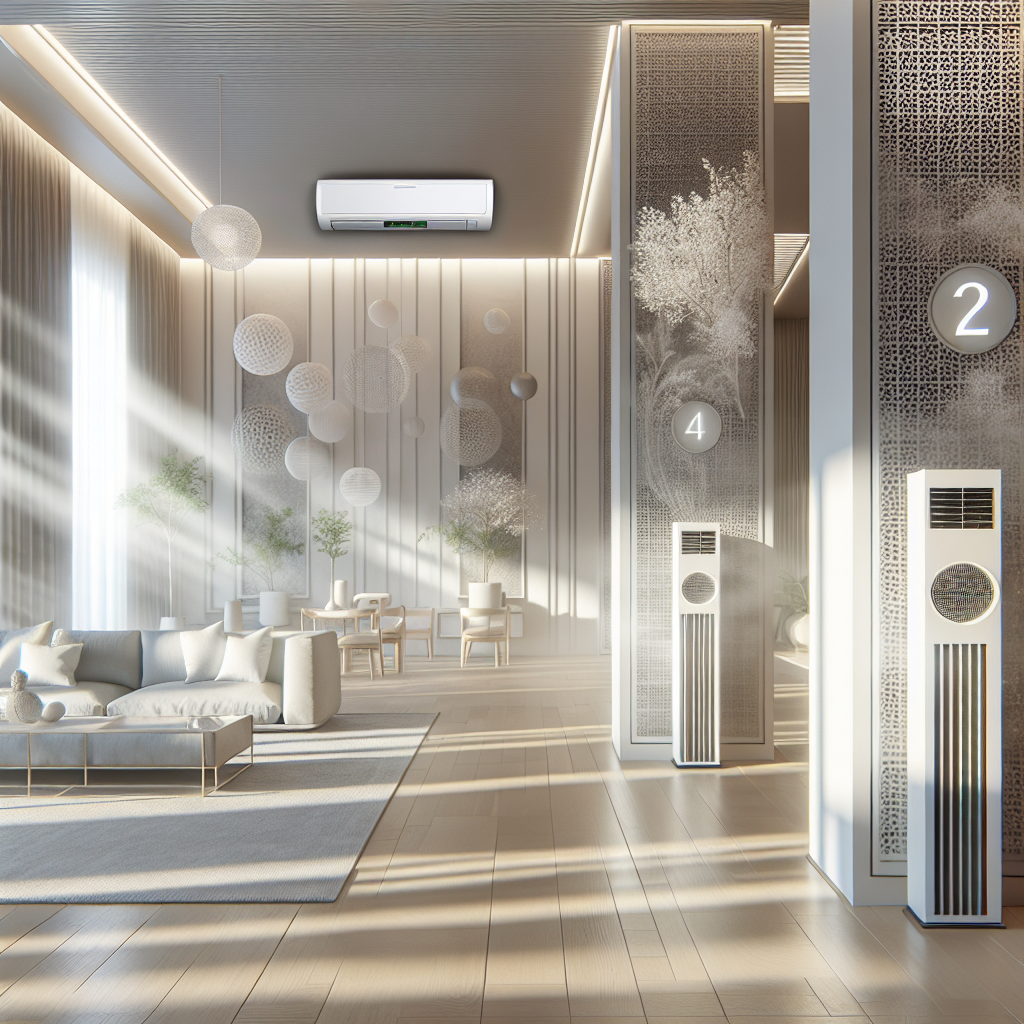Creating a Healthy Indoor Environment with Air Conditioning and Filtration
In today’s fast-paced world, we spend the majority of our time indoors, whether at home or in the office. Therefore, it is crucial to ensure that the indoor environment we inhabit is healthy and conducive to our well-being. One key aspect of creating a healthy indoor environment is proper air conditioning and filtration.
Air conditioning plays a vital role in regulating the temperature and humidity levels indoors. In addition to providing comfort, air conditioning also helps to improve indoor air quality by filtering out pollutants and allergens. However, it is important to keep in mind that air conditioning systems need to be properly maintained in order to function efficiently and effectively.
One way to enhance the air quality in your indoor environment is by using high-quality air filters. Air filters help to trap and remove particles such as dust, pollen, pet dander, and mold spores from the air, thus reducing the risk of respiratory issues and allergies. It is recommended to use HEPA (High Efficiency Particulate Air) filters, as they are capable of capturing even the smallest particles.
Regularly changing and cleaning air filters is essential to ensure that they continue to work effectively. Clogged or dirty filters not only decrease the efficiency of the air conditioning system but also allow pollutants to circulate freely in the indoor air. It is advisable to check and replace air filters every 1-3 months, depending on the manufacturer’s recommendations.
In addition to using air conditioning and filtration systems, there are other steps you can take to create a healthy indoor environment. Proper ventilation is important for allowing fresh air to circulate and preventing the buildup of indoor pollutants. Opening windows and doors when weather permits, using exhaust fans in the kitchen and bathroom, and installing a whole-house ventilation system are all effective ways to improve indoor air quality.
Maintaining a clean and clutter-free indoor environment is also crucial for creating a healthy living space. Regularly dusting, vacuuming, and cleaning surfaces can help to reduce the accumulation of allergens and pollutants. In addition, keeping indoor humidity levels between 30-50% can help to prevent the growth of mold and mildew.
In conclusion, creating a healthy indoor environment with air conditioning and filtration is essential for promoting overall well-being and quality of life. By investing in high-quality air conditioning systems, using HEPA filters, and practicing good ventilation and cleaning habits, you can ensure that your indoor environment is free from harmful pollutants and allergens. Remember that the air we breathe indoors has a significant impact on our health, so it is important to prioritize indoor air quality for a healthier and happier life.


Leave a Reply